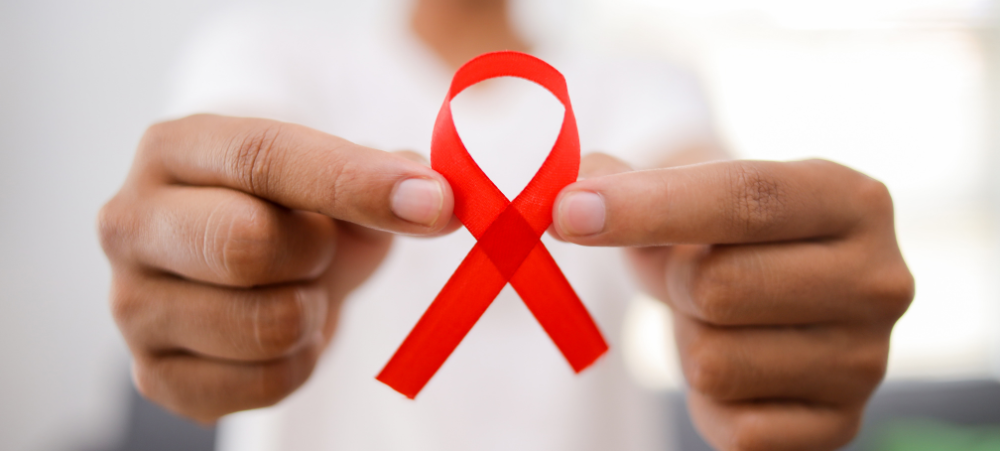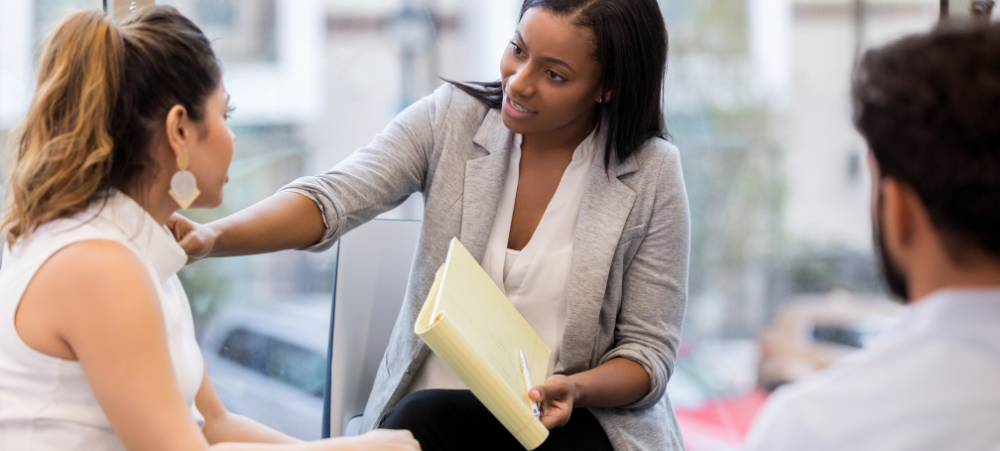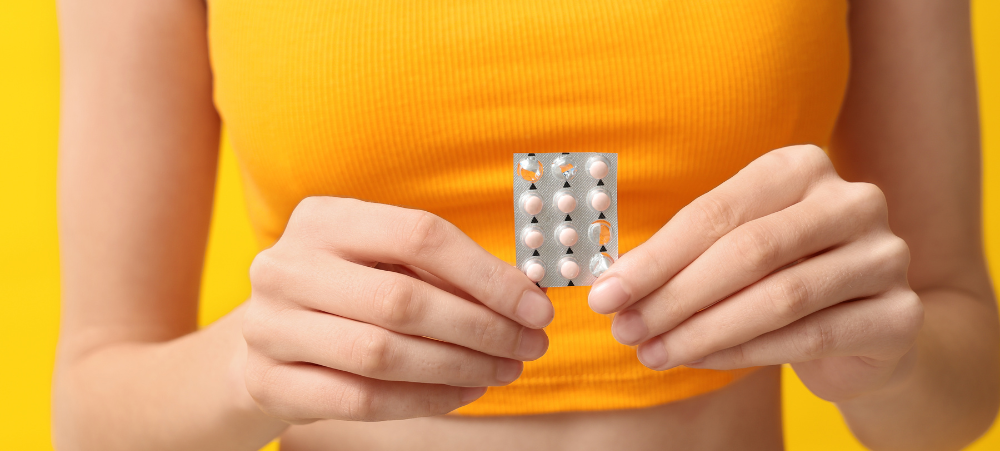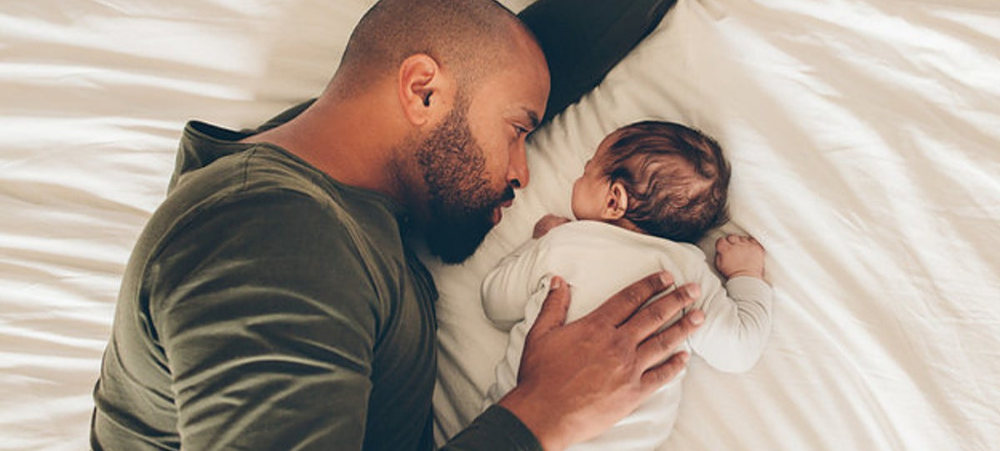
Putting together your birth plan
As you enter your third trimester you’ll have probably done a fair bit of research on the birth process (if this is your first) and may have a good idea of what you want before, during and after delivery. There are many options and opinions, from whether or not you want pain medication to how many people you would like supporting you. However, trying to keep track of your choices during labour may be tricky, which is why you’d put together a birth plan. So what exactly is it and how do you put one together? Why should I put together a birth plan? Your birth plan is your choices or preferences before, during and after labour and delivery. While things may not always go according to plan, having your preferences written down and communicated means you, your midwives and doctor have a more mutual understanding. However, if your pregnancy doesn’t go accordingly, you need to be prepared to make adjustments on the day. What should be in my birth plan? Your birth plan is how you’d like everything would go in the best-case scenario. Your birth plan will also have to take into consideration what is available at the hospital or place where you are giving birth. Some birth plans are very basic, just outlining a simple overview, whereas others may be far more detailed and in-depth. The choice is yours. Typically a birth plan will include before, during and after labour and birth preferences. Such as who you want to assist you during birth, whether or not you want any pain medication, you birthing positions, and requests for newborn care, such as skin-to-skin time. How can I learn more about the birth process? If you feel like you need to top up your birthing knowledge before putting together a plan they are a few ways you can go about this. Joining antenatal classes are a good way to learn more and to meet other women in your position. Chatting to friends or family who has been through the birthing process themselves is another good way to see what would work best for you. If you and your partner are having a baby together, keep them in the loop as well. Find out what they expect during labour and you can chat about what you want, and what role you see them playing in the process.






























